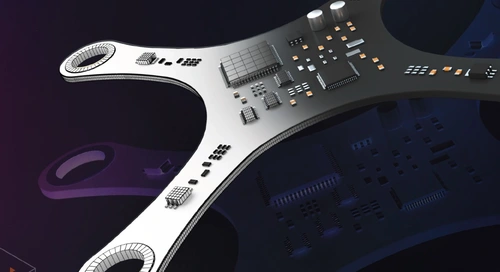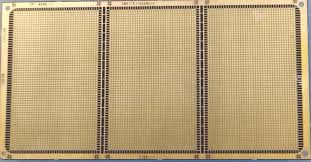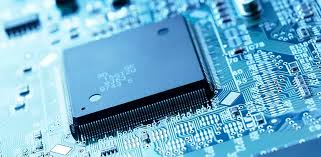Optimized Technical Article — BT-Epoxy in PCB Manufacturing
What is BT-Epoxy in PCB Manufacturing?

BT-Epoxy, short for Bismaleimide-Triazine resin, is a high-performance thermoset polymer widely used in advanced PCB fabrication. Sometimes referred to as Bisphenol-T epoxy, this material is produced by polymerizing BT monomers with epichlorohydrin, forming a tightly cross-linked resin system with excellent thermal, mechanical, and electrical performance.
As PCB requirements increase for high-density packaging, high-frequency signal integrity, and elevated operating temperatures, BT-Epoxy has become a preferred substrate material for IC substrates, HDI boards, aerospace electronics, and high-reliability systems.
Key Material Properties of BT-Epoxy

BT-Epoxy’s performance comes from its stable molecular network and optimized epoxy structure. Below are its core material properties:
1. Thermal Properties
-
Tg (Glass Transition Temperature): 180°C
Ensures stability for reflow soldering and multilayer HDI processing. -
Decomposition Temperature: 325°C
Supports extreme-temperature environments. -
Coefficient of Thermal Expansion (CTE): 27 ppm/°C
Provides dimensional stability for fine-pitch packaging. -
Thermal Conductivity: 0.35 W/m·K
Suitable for dense IC packaging where heat removal is critical.
2. Electrical Properties
-
Dielectric Constant (Dk): 3.7 @ 1 GHz
Stable dielectric behavior for high-speed digital and RF circuits. -
Dissipation Factor (Df): 0.014
Lower signal loss than conventional FR-4. -
Volume Resistivity: 10⁷ MΩ·cm
-
Surface Resistivity: 10⁷ MΩ
Excellent insulation for high-frequency designs. -
Dielectric Strength: 1200 V/mil
Supports high-voltage and high-density designs.
3. Mechanical Properties
-
Peel Strength: 1.56 N/mm
Strong copper adhesion for multilayer reliability. -
Flexural Strength: 99.88 MPa
-
Young’s Modulus: 31.9 GPa
Rigid and dimensionally stable. -
Density: 1.2 g/cm³
Lightweight yet mechanically strong.
4. Environmental and Chemical Properties
-
Moisture Absorption: <0.05%
Critical for stable electrical performance. -
UL94 V-0 Flame Rating
High flame retardancy for safety-critical applications. -
Chemical Resistance
Suitable for harsh environments and solvent exposure.
Applications of BT-Epoxy Substrate Material

BT-Epoxy’s balance of thermal, mechanical, and electrical properties makes it ideal for:
1. High-Density Interconnect (HDI) and IC Substrates
Used in:
-
BGA substrates
-
CSP/FC packages
-
High-I/O semiconductor packaging
2. Aerospace & Defense Electronics
Withstands:
-
High vibration
-
Thermal cycling
-
Radiation and harsh environments
3. Automotive Electronics
Ideal for:
-
Under-hood control modules
-
Radar systems
-
High-temperature environments
4. High-Frequency and High-Speed Electronics
Stable Dk/Df makes BT-Epoxy suitable for:
-
RF modules
-
5G infrastructure
-
High-speed digital backplanes
5. Industrial and General Electronics
Used for:
-
Structural composites
-
Adhesives
-
Encapsulation and coatings
Advantages of BT-Epoxy
BT-Epoxy is selected over FR-4 and other epoxy systems due to:
High Thermal Stability
Consistent performance during high-temperature reflow and long-term operation.
Outstanding Electrical Performance
Low Dk/Df ensures reliable high-speed signal integrity.
Excellent Mechanical Strength
Maintains structural reliability for fine-pitch multilayer designs.
Superior Chemical & Moisture Resistance
Ideal for harsh and humid environments.
Limitations and Challenges
Despite its advantages, BT-Epoxy has considerations:
-
Higher cost than standard FR-4
-
More brittle compared to modified epoxy systems
-
Requires precise curing conditions
-
Performance drop when approaching extreme temperatures >320°C
Engineers must balance performance and cost based on application needs.

